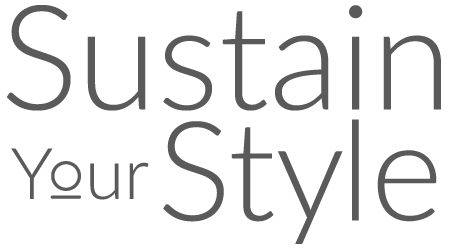Wool
A large part of Patagonia
is affected by desertification due to sheep grazing
86% of Australian sheep
are mulesed
1 billion sheeps
in the world are bred to produce wool
Wool as such is a renewable natural fiber, so it could have been considered an environment-friendly option. Unfortunately, the extensive sheep farming practiced to meet the global demand has had disastrous consequences on the environment.
Sheep survive by grazing, which can have a positive impact on certain types of ecosystems when it is well managed. But when the land is grazed too heavily, this leads to overgrazing.
Overgrazing means that the vegetation does not have enough time to grow back before it is consumed. The soil becomes weak and vulnerable to erosion and desertification.
For example, a large part of the region of Patagonia is affected by desertification, mainly due to overgrazing by sheep which are primarily raised for their wool.
Sheep also release methane, a gas that is 25 times worse for global warming than CO2. Sheep are often subjected to insecticide baths that contain substances hazardous to the farmers. Residues of those harmful chemicals can remain in the wool and make their way into our clothes.
Animal welfare:
Another concern about wool production is the poor treatment of sheep. When a sheep’s fleece is removed (shearing), the shearers often hurt the animals, cutting their skin or hitting them to keep them quiet. Finally, the practice of mulesing has been widely denounced by animal rights activists. Mulesing involves removing the skin of the Merino sheep around the breech to prevent parasitic infection.





